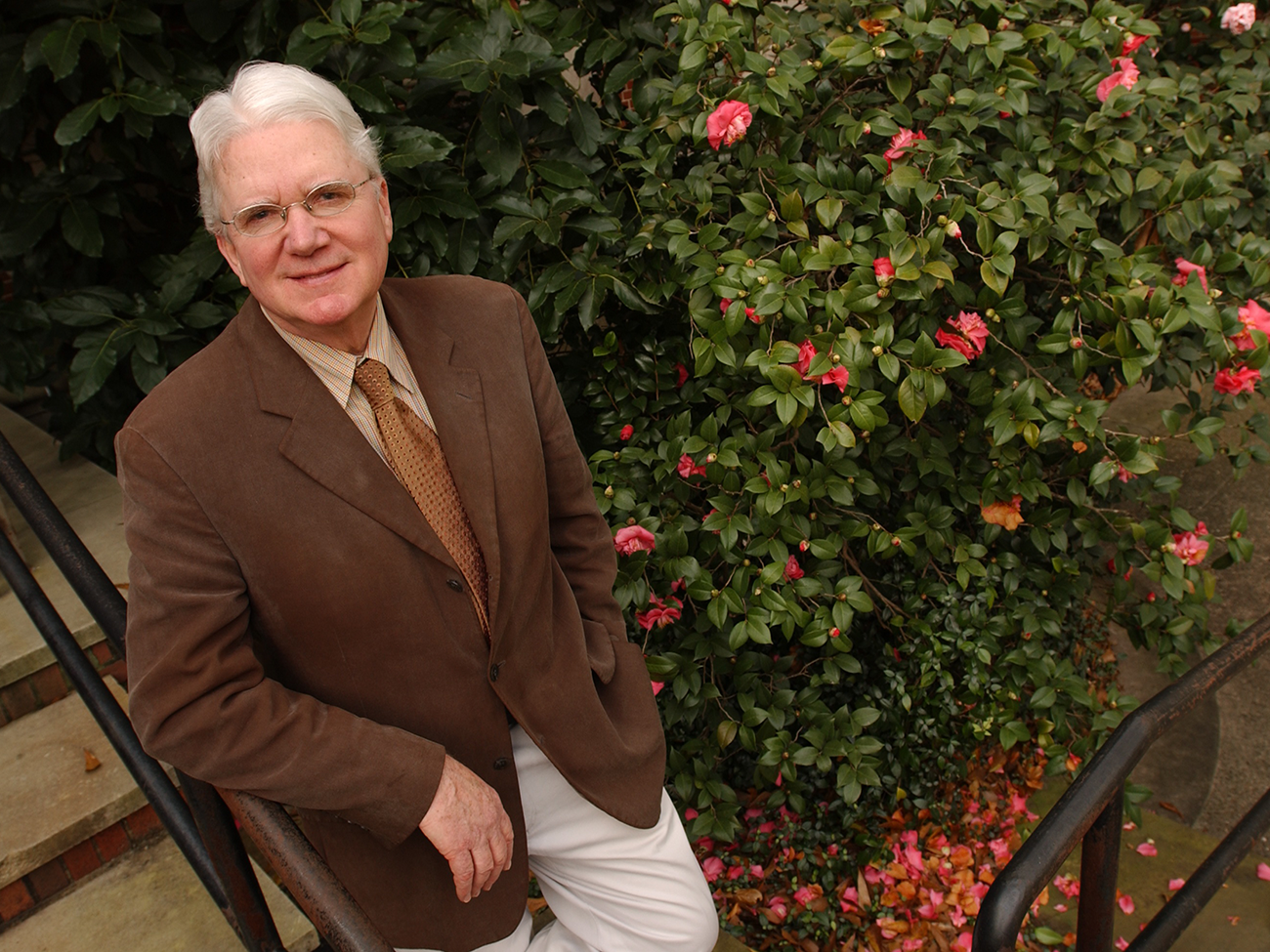Thomas Reese leaves lasting legacy at Stone Center
When New Orleans native Thomas Reese graduated from Tulane University in 1965 before heading to Yale University for graduate school in art history, he doubted he’d ever live in New Orleans again.
But 26 years later, following a professorship at the University of Texas at Austin and a prestigious leadership position at the Getty Research Institute in Los Angeles, an intriguing job opened up at Tulane.
The position was executive director of the Roger Thayer Stone Center for Latin American Studies, a multidisciplinary research and academic center dedicated to the study of Latin America and the Caribbean. When the search committee invited him to apply for the post, suddenly moving back to New Orleans became a real possibility.
“He greatly expanded its intellectual reach, drawing in professors, students, and programs from across the university and creating a vibrant constellation of scholars.”
Elizabeth Boone, Tulane professor emerita in art history
“I was extremely impressed by the search committee,” Reese said. “The committee was excited about doing new things, about bringing the Stone Center to the next level. And that was the very thing that brought me back.”
The Stone Center coordinates the research and teaching activities of more than 70 core faculty and 35 affiliated faculty and adjuncts in schools and departments across Tulane campuses, from economics and art history to public health and architecture. Except for Tulane’s professional schools, it represents the largest number of faculty associated with any department or program of the university.
“The Stone Center, in partnership with other Tulane resources such as our Latin American Library, the Center for Inter-American Policy and Research (CIPR) and the Middle American Research Institute (M.A.R.I), has established Tulane as the preeminent U.S. university for the study of Latin America,” said Senior Vice President for Academic Affairs and Provost Robin Forman.
“This stature was dramatically enhanced under Tom's thoughtful and ambitious leadership, as he partnered with schools and departments across the entire campus to recruit a generation of extraordinary scholars to Tulane, created a vibrant community that has generated path-breaking interdisciplinary research and teaching and served as a national leader and advocate for Latin American Studies in particular, and international education and area studies more generally,” Forman added.
The center’s academic mission is to ensure that students gain comprehensive knowledge of Latin America through a combination of academic study, specialized training and research abroad programs in Central America, South America and the Caribbean.
Reese, who is retiring at the end of the 2025 spring semester after 26 years at the helm of the center, credits his predecessor, Richard Greenleaf, as a man who built an incredible center with room for growth and evolution.
Growing the faculty — and finding the funding to make it happen — was one of Reese’s goals when he began his tenure as executive director in January of 1999.
“When I accepted the job, I did so with one condition — that I would be able to fill every Latin American faculty position immediately,” he said. “I had less than a year to apply for a major federal grant. We made key hires and in the spirit of faculty governance, I let the departments give me their priorities of what they needed as opposed to my priorities.”
Another of Reese’s goals was to create a sense of community among the faculty and staff. He wanted newcomers and prospective hires to feel that bond when they arrived.
“I’ve always been proud that we have faculty lunches where 45 to 60 people come. One might be an economist, and the other a cultural studies expert, but they both like to dance tango,” he said. “We also got very engaged in the city itself which was important for establishing ourselves within the community.”
Elizabeth Boone, professor emerita in art history, said Reese transformed the Stone Center into “a real powerhouse at Tulane and one of the most important Latin American centers in the country.”
“He greatly expanded its intellectual reach, drawing in professors, students, and programs from across the university and creating a vibrant constellation of scholars,” Boone said. “He ensured that the Stone Center supported us all — intellectually, pedagogically and often financially.”

